Navigation
Install the app
How to install the app on iOS
How To Use Progressive Web App aka PWA On 420 Magazine Forum
Note: This feature may not be available in some browsers.
More options
You are using an out of date browser. It may not display this or other websites correctly.
You should upgrade or use an alternative browser.
You should upgrade or use an alternative browser.
Please help me! Nutrients deficiency or burn?
Scientific
New Member
How do the roots look?
- Thread starter
- #3
pliiiz help me !! nutrients deficiency or burn?? :/
Around 70f is a good spot from what I've read .
Browning tips let's see
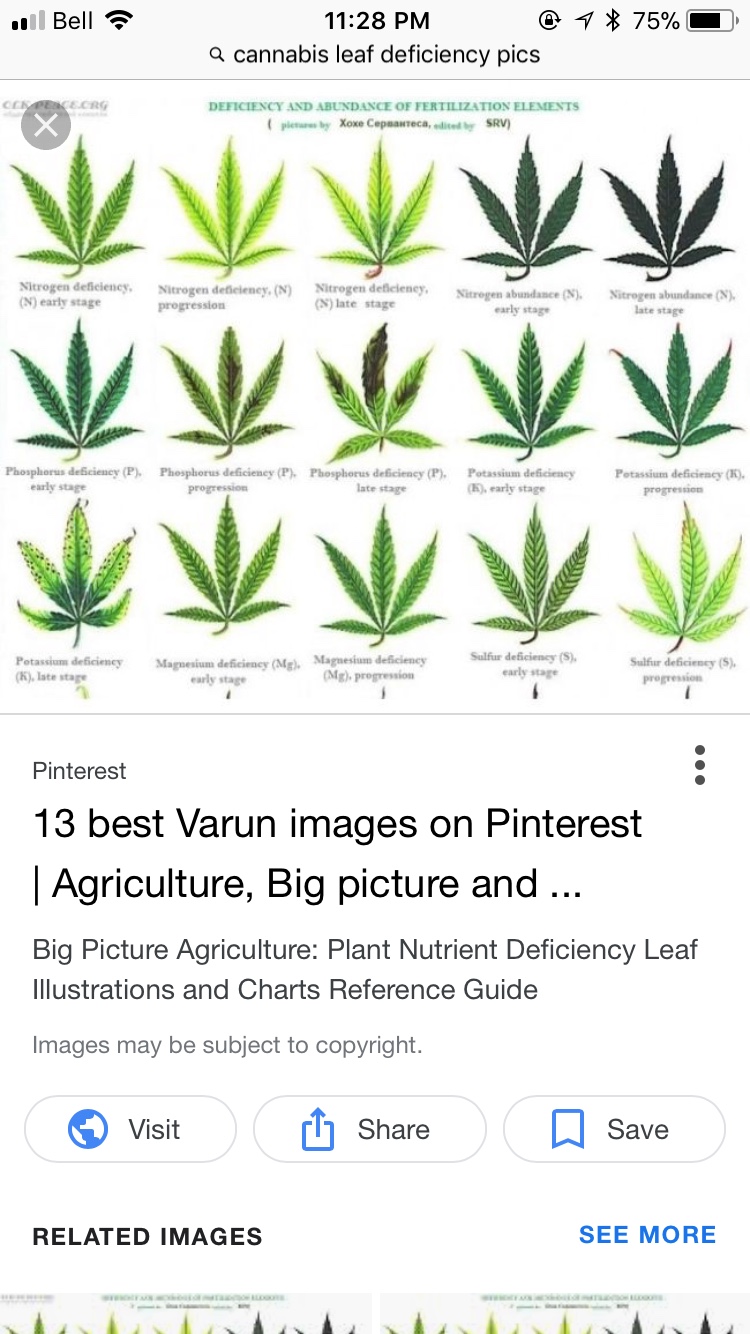
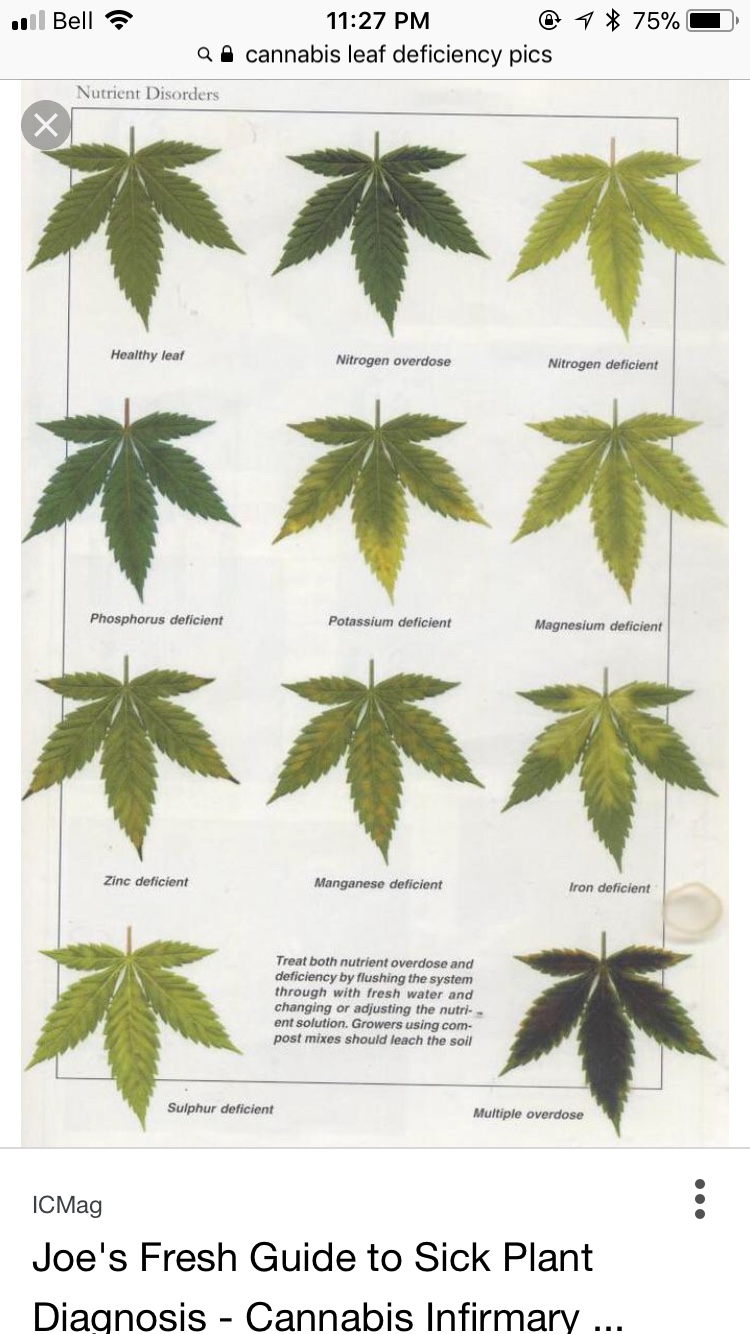
Zinc maybe where is you ph at?
not rot ... nice white ... maybe the water is hot?? 23-27°C
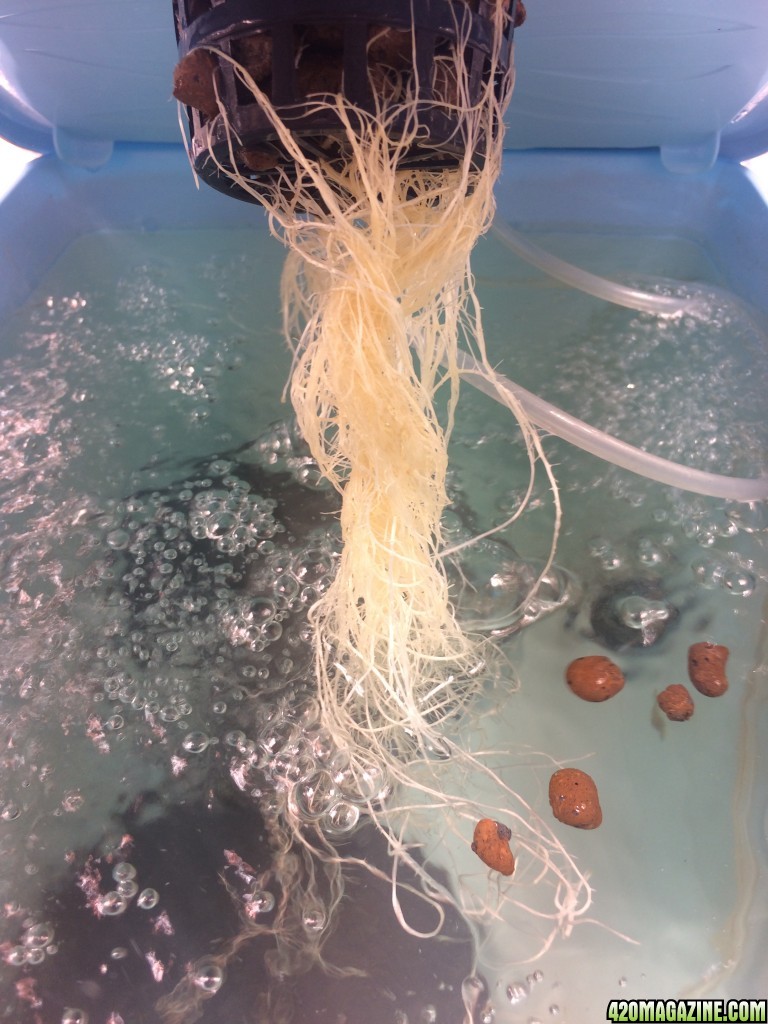
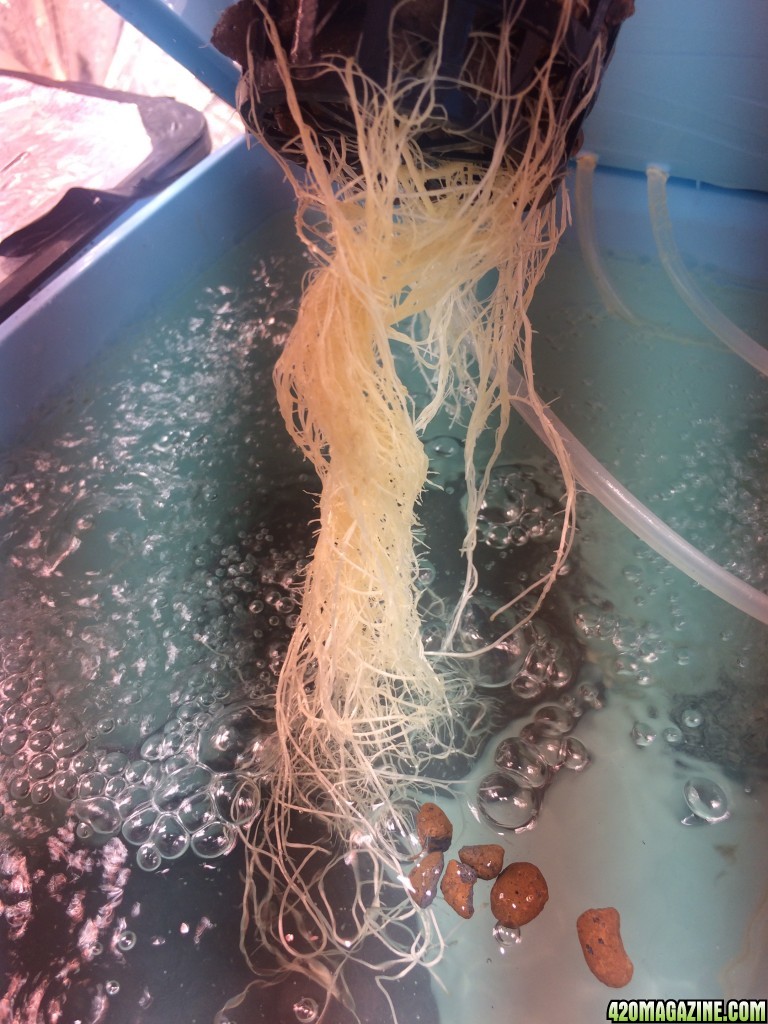
Around 70f is a good spot from what I've read .
Browning tips let's see


Zinc maybe where is you ph at?
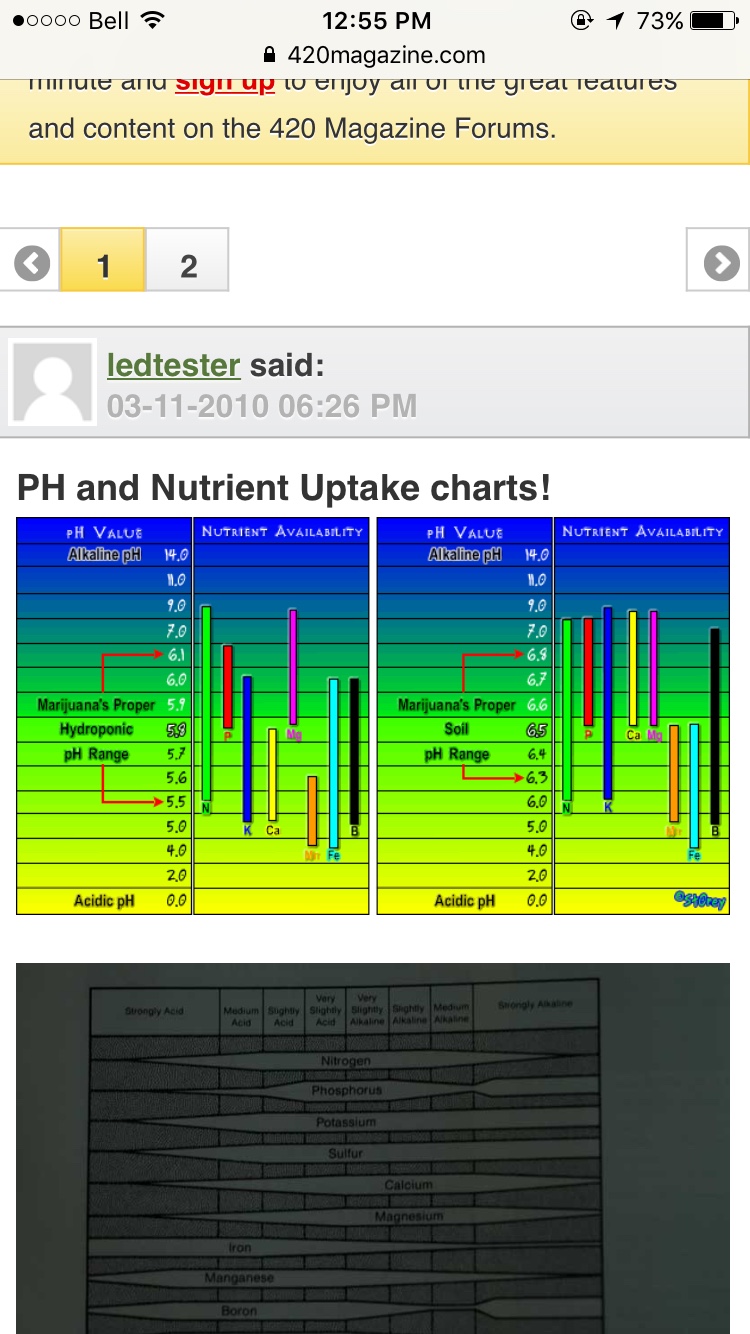
Scientific
New Member
More information is needed. If you could answer the questions at the page below that would really help.
How to Ask for Grow Support
That said, I think I might be seeing some hooking a the leaf tips, which is diagnostic for excess nitrates. But the leaves aren't as dark green as you'd expect with lots of N, so I'm not sure.
550 PPM might be high for a plant that young.
How many PPM and what pH is your tap water?
Answer the grow support questions and people should be able to help more.
How to Ask for Grow Support
That said, I think I might be seeing some hooking a the leaf tips, which is diagnostic for excess nitrates. But the leaves aren't as dark green as you'd expect with lots of N, so I'm not sure.
550 PPM might be high for a plant that young.
How many PPM and what pH is your tap water?
Answer the grow support questions and people should be able to help more.
- Thread starter
- #7
Strain - Sativa
2 air pump -35l/min
light 250w mh
container:4 gallon-12l
i use RO water (deionized water)
use phosphoric acid ph down
use h2o2 every second day 1ml/l
nutrients :Hesi Pro-Line Hydro Growth N): 23% Phosphorus (P2O5) 24% potassium (K2O): 29%;Magnesium, Calcium, Sulphate, Iron, Manganese, Zinc, Copper, Boron, Molybdenum, Cobalt, B1, B2, B6, B12
N): 23% Phosphorus (P2O5) 24% potassium (K2O): 29%;Magnesium, Calcium, Sulphate, Iron, Manganese, Zinc, Copper, Boron, Molybdenum, Cobalt, B1, B2, B6, B12
now ph-6
ppm-600
No. 1 withered now
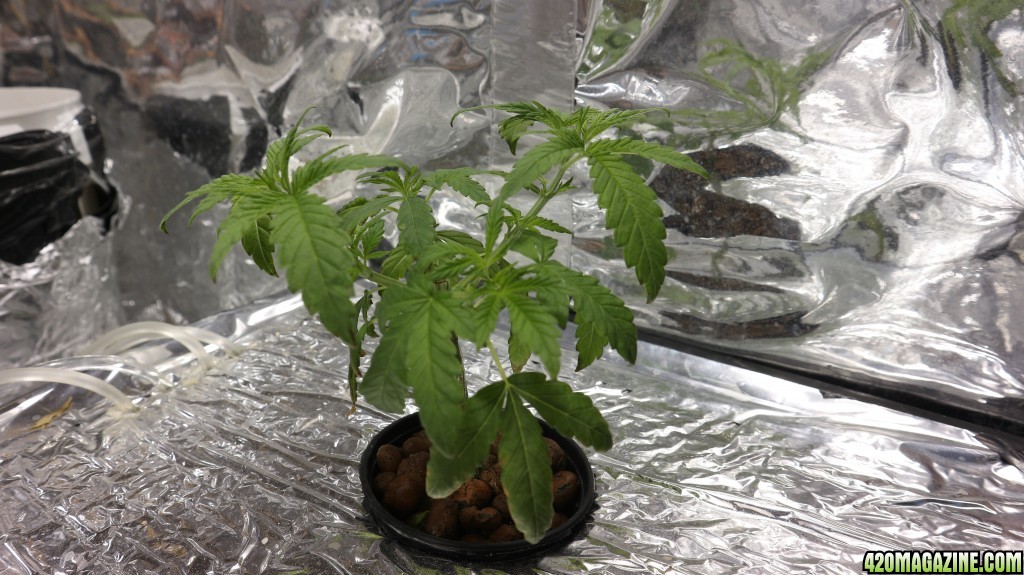
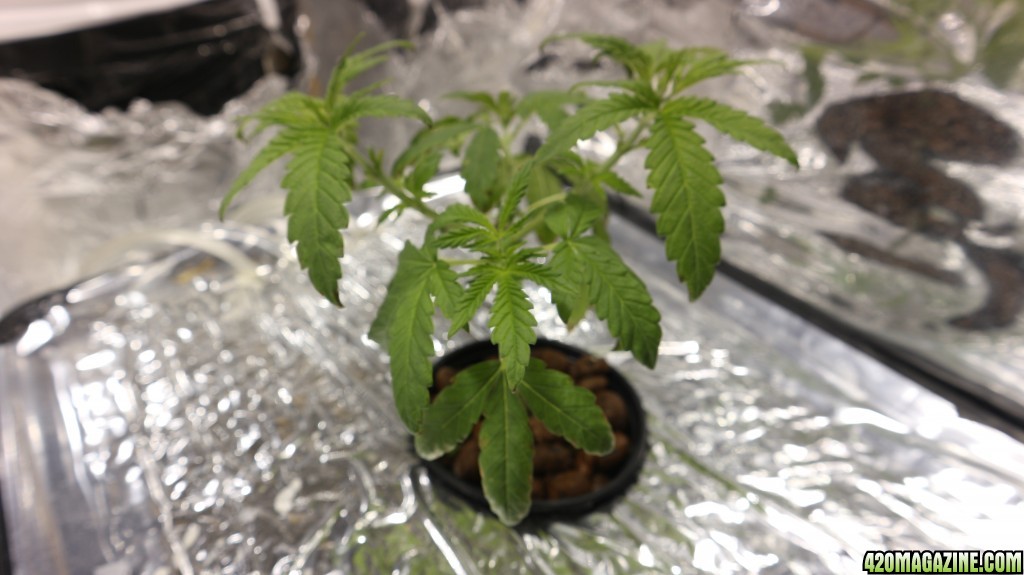
No. 2
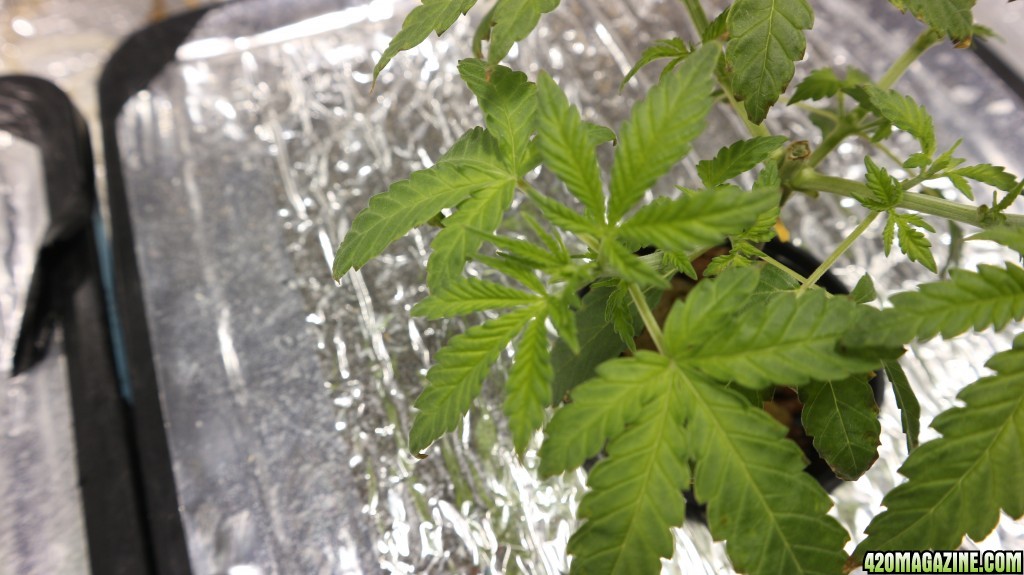
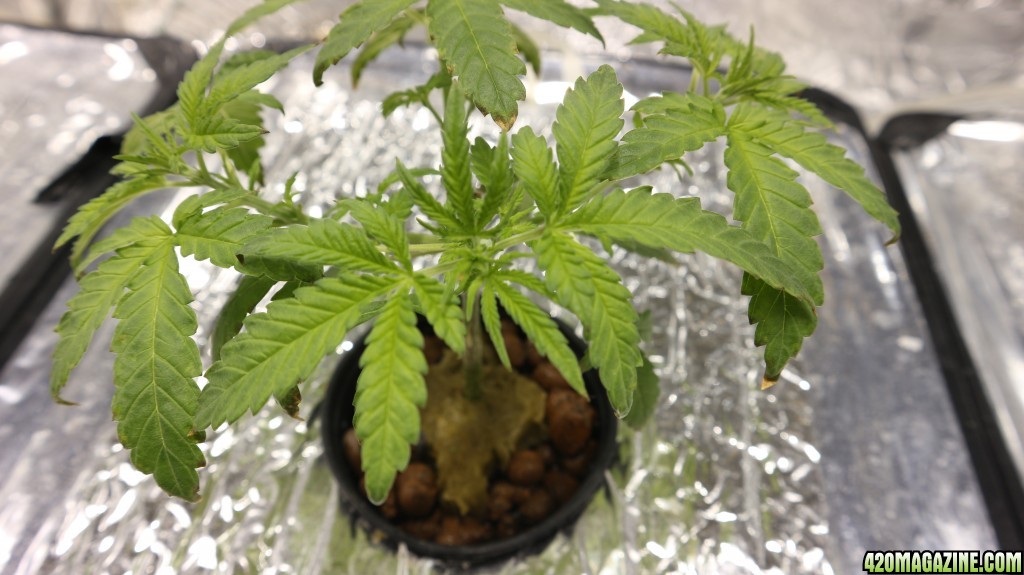
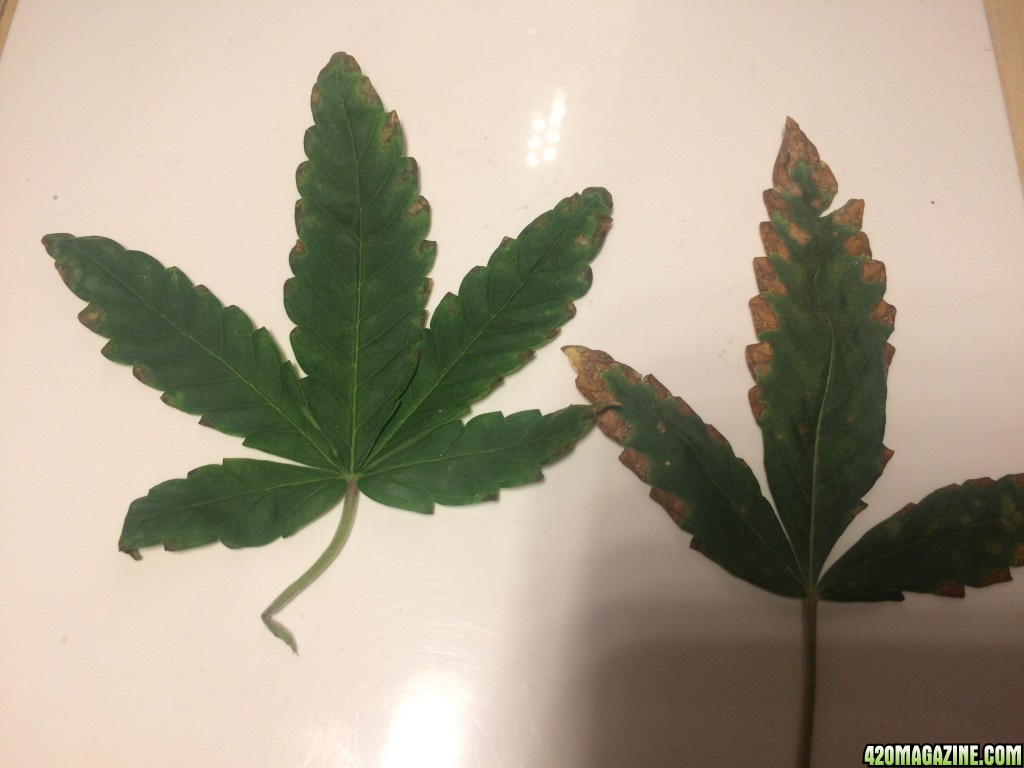
2 air pump -35l/min
light 250w mh
container:4 gallon-12l
i use RO water (deionized water)
use phosphoric acid ph down
use h2o2 every second day 1ml/l
nutrients :Hesi Pro-Line Hydro Growth
 N): 23% Phosphorus (P2O5) 24% potassium (K2O): 29%;Magnesium, Calcium, Sulphate, Iron, Manganese, Zinc, Copper, Boron, Molybdenum, Cobalt, B1, B2, B6, B12
N): 23% Phosphorus (P2O5) 24% potassium (K2O): 29%;Magnesium, Calcium, Sulphate, Iron, Manganese, Zinc, Copper, Boron, Molybdenum, Cobalt, B1, B2, B6, B12now ph-6
ppm-600
No. 1 withered now
No. 2
Strain - Sativa
air pum -35l/min
light 250w mh
container:4 gallon-12l
i use RO water (deionized water)
use phosphoric acid ph down
use h2o2 every second day 1ml/l
nutrients :Hesi Pro-Line Hydro GrowthN): 23% Phosphorus (P2O5) 24% potassium (K2O): 29%;Magnesium, Calcium, Sulphate, Iron, Manganese, Zinc, Copper, Boron, Molybdenum, Cobalt, B1, B2, B6, B12
now ph-6
ppm-600
No. 1 withered now


No. 2



Was going to say maybe lower ph to 5.8 and back off 500-600 might be high so try 400-450 ish ppm?
Scientific
New Member
Well first off, stop adding the peroxide! That should help some.
Well first off, stop adding the peroxide! That should help some.
Sorry not trying to step on the thread but really don't understand why everyone wants to use peroxide all the time.
- Thread starter
- #11
- Thread starter
- #12
Let's look at what Ed Rosenthal says about peroxide.
I found this article very interesting. It was written by Ed Rosenthal. I see a lot of mis-information about peroxide, and debate too, so I wanted to show you what he says.
by Ed Rosenthal.
How much hydrogen peroxide should be used?
When and how much hydrogen peroxide should I use in my hydroponic solution?
Hydrogen peroxide is a powerful oxidizer that can be used to destroy fungi, molds, bacteria and other infectious agents as well as some pollutants. Adding it to your water helps plants by destroying infectious agents and by adding oxygen to the roots' environment.
Hydrogen peroxide is an essential ingredient in maintaining a clean growing room. It replaces chlorine bleach, which is antiseptic but harmful to breathe. When added to reservoirs, hydrogen peroxide slows the growth of algae and other water organisms so that trays and utensils need to be cleaned less frequently. Soil and water borne diseases such as pythium and other stem and root rots occur at much lower rates in hydrogen peroxide-enriched water. Hydrogen peroxide works because of the oxidative reaction, so micro-organisms are unlikely to develop a tolerance.
There are many ways to add hydrogen peroxide to the water. A measured amount every three days is the crudest method, but still effectively enriches the water. A smaller measured amount daily would even out the peaks and valleys of oxygen in the water. Another method is to use a drip similar to an IV bag, which continuously adds a regulated amount. The most sophisticated method is a probe which measures the oxygen content of the water as an indirect means of measuring the hydrogen peroxide, and adds an appropriate amount as needed.
When used properly, hydrogen peroxide can keep infections in the garden to a minimum and stimulate root growth by increasing the oxygen content of the water. Hydrogen peroxide degrades into free oxygen and water over a three-day period. Some of the oxygen dissolves in the reservoir water and is used by the roots.
Different concentrations of hydrogen peroxide solution are available. It is sold diluted to 3% in drug stores. Some indoor garden shops sell 10% grade and 35% grade is sold in a few health food stores and over the Internet. The 3% hydrogen peroxide solution can be used topically to sterilize cuts and infections. Hydrogen peroxide solution at 10% burns skin. 35% hydrogen peroxide solution acts much like a concentrated acid and is handled as a hazardous, corrosive liquid.
The 10% hydrogen peroxide solution is sometimes used at rates as low as one ounce per 10 gallons water; however, enrichment using an ounce per gallon is more effective for disease control. When 35% hydrogen peroxide solution is used, it can be added at the rate of three ounces per 10 gallons of water. If a 3% solution is used, use three ounces per gallon of water as a cure.
I found this article very interesting. It was written by Ed Rosenthal. I see a lot of mis-information about peroxide, and debate too, so I wanted to show you what he says.
by Ed Rosenthal.
How much hydrogen peroxide should be used?
When and how much hydrogen peroxide should I use in my hydroponic solution?
Hydrogen peroxide is a powerful oxidizer that can be used to destroy fungi, molds, bacteria and other infectious agents as well as some pollutants. Adding it to your water helps plants by destroying infectious agents and by adding oxygen to the roots' environment.
Hydrogen peroxide is an essential ingredient in maintaining a clean growing room. It replaces chlorine bleach, which is antiseptic but harmful to breathe. When added to reservoirs, hydrogen peroxide slows the growth of algae and other water organisms so that trays and utensils need to be cleaned less frequently. Soil and water borne diseases such as pythium and other stem and root rots occur at much lower rates in hydrogen peroxide-enriched water. Hydrogen peroxide works because of the oxidative reaction, so micro-organisms are unlikely to develop a tolerance.
There are many ways to add hydrogen peroxide to the water. A measured amount every three days is the crudest method, but still effectively enriches the water. A smaller measured amount daily would even out the peaks and valleys of oxygen in the water. Another method is to use a drip similar to an IV bag, which continuously adds a regulated amount. The most sophisticated method is a probe which measures the oxygen content of the water as an indirect means of measuring the hydrogen peroxide, and adds an appropriate amount as needed.
When used properly, hydrogen peroxide can keep infections in the garden to a minimum and stimulate root growth by increasing the oxygen content of the water. Hydrogen peroxide degrades into free oxygen and water over a three-day period. Some of the oxygen dissolves in the reservoir water and is used by the roots.
Different concentrations of hydrogen peroxide solution are available. It is sold diluted to 3% in drug stores. Some indoor garden shops sell 10% grade and 35% grade is sold in a few health food stores and over the Internet. The 3% hydrogen peroxide solution can be used topically to sterilize cuts and infections. Hydrogen peroxide solution at 10% burns skin. 35% hydrogen peroxide solution acts much like a concentrated acid and is handled as a hazardous, corrosive liquid.
The 10% hydrogen peroxide solution is sometimes used at rates as low as one ounce per 10 gallons water; however, enrichment using an ounce per gallon is more effective for disease control. When 35% hydrogen peroxide solution is used, it can be added at the rate of three ounces per 10 gallons of water. If a 3% solution is used, use three ounces per gallon of water as a cure.
Sorry not trying to step on the thread but really don't understand why everyone wants to use peroxide all the time.
They think it's a cheap z7 or hydroguars alternative if I was to guess . Bits it's overkill I agree with the both of ya.
Scientific
New Member
Let's look at what Ed Rosenthal says about peroxide.
I found this article very interesting. It was written by Ed Rosenthal. I see a lot of mis-information about peroxide, and debate too, so I wanted to show you what he says.
by Ed Rosenthal.
How much hydrogen peroxide should be used?
When and how much hydrogen peroxide should I use in my hydroponic solution?
Hydrogen peroxide is a powerful oxidizer that can be used to destroy fungi, molds, bacteria and other infectious agents as well as some pollutants. Adding it to your water helps plants by destroying infectious agents and by adding oxygen to the roots' environment.
Hydrogen peroxide is an essential ingredient in maintaining a clean growing room. It replaces chlorine bleach, which is antiseptic but harmful to breathe. When added to reservoirs, hydrogen peroxide slows the growth of algae and other water organisms so that trays and utensils need to be cleaned less frequently. Soil and water borne diseases such as pythium and other stem and root rots occur at much lower rates in hydrogen peroxide-enriched water. Hydrogen peroxide works because of the oxidative reaction, so micro-organisms are unlikely to develop a tolerance.
There are many ways to add hydrogen peroxide to the water. A measured amount every three days is the crudest method, but still effectively enriches the water. A smaller measured amount daily would even out the peaks and valleys of oxygen in the water. Another method is to use a drip similar to an IV bag, which continuously adds a regulated amount. The most sophisticated method is a probe which measures the oxygen content of the water as an indirect means of measuring the hydrogen peroxide, and adds an appropriate amount as needed.
When used properly, hydrogen peroxide can keep infections in the garden to a minimum and stimulate root growth by increasing the oxygen content of the water. Hydrogen peroxide degrades into free oxygen and water over a three-day period. Some of the oxygen dissolves in the reservoir water and is used by the roots.
Different concentrations of hydrogen peroxide solution are available. It is sold diluted to 3% in drug stores. Some indoor garden shops sell 10% grade and 35% grade is sold in a few health food stores and over the Internet. The 3% hydrogen peroxide solution can be used topically to sterilize cuts and infections. Hydrogen peroxide solution at 10% burns skin. 35% hydrogen peroxide solution acts much like a concentrated acid and is handled as a hazardous, corrosive liquid.
The 10% hydrogen peroxide solution is sometimes used at rates as low as one ounce per 10 gallons water; however, enrichment using an ounce per gallon is more effective for disease control. When 35% hydrogen peroxide solution is used, it can be added at the rate of three ounces per 10 gallons of water. If a 3% solution is used, use three ounces per gallon of water as a cure.
The guy sounds convincing, but like so many people whose convictions exceed their knowledge, some of what he says is true, some is half right, and some is just goofy BS (for example the bit about H2O2 being good for "pollutants" and "adding oxygen to the roots' environment."
I would suggest instead sticking to N, P, K and trace elements, good light, good soil, good air circulation, etc. and holding off on the secret sauce at least until you've mastered the basics. And don't take any wooden nickels.
 Good luck!
Good luck!Okay I'm not knocking what others say for or against it, just saying I don't understand why people use it. In the present and past years I have never used it. I understand about it being an oxidizer and I've read about some of it's traits such as being effective taking care of algae. I'm kind of old school I guess and know how good it is in helping the human body but if it can take care of algae just wondering why I would want to use it on my plants when I know it's killing other green growth. Not telling you what to do or use, if it works for you it works. I do use z7 in both of my reservoirs for the enzymes and beneficial bacteria and it's has work for me so far.
Just my 2 cents.
Just my 2 cents.
- Thread starter
- #16
she 3 weeks old
ppm 550
ec 1200
ph 5,8-6,2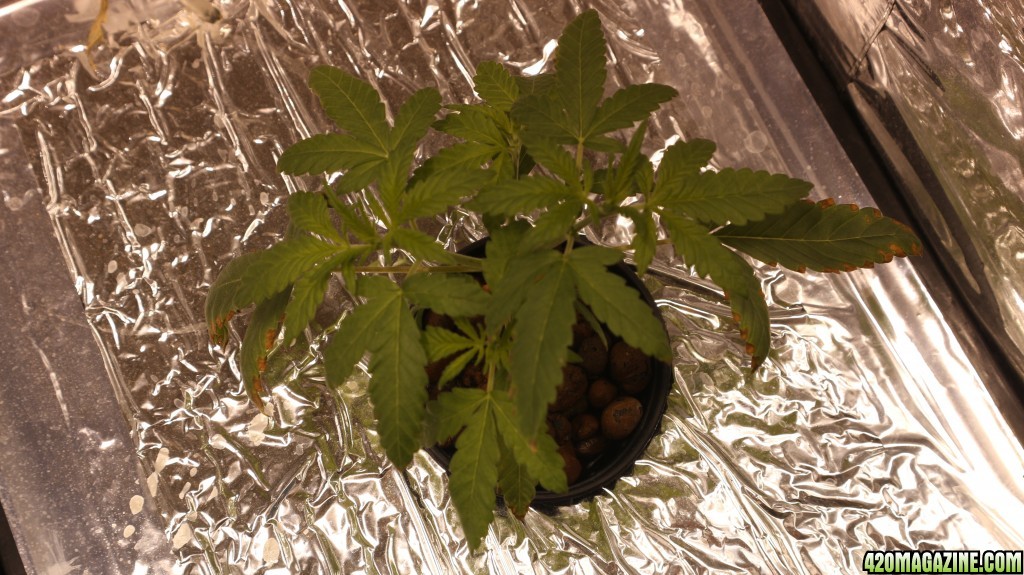
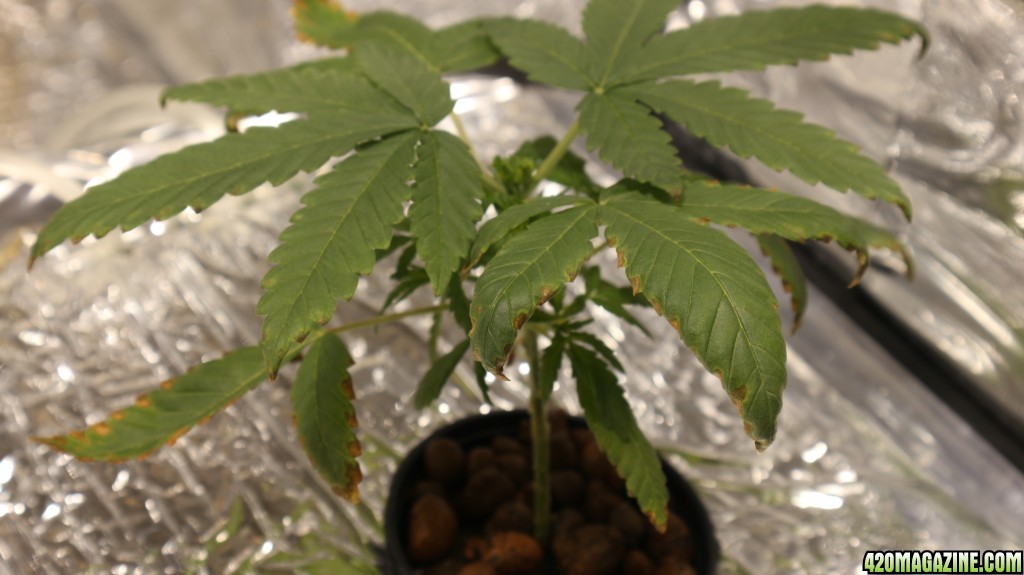
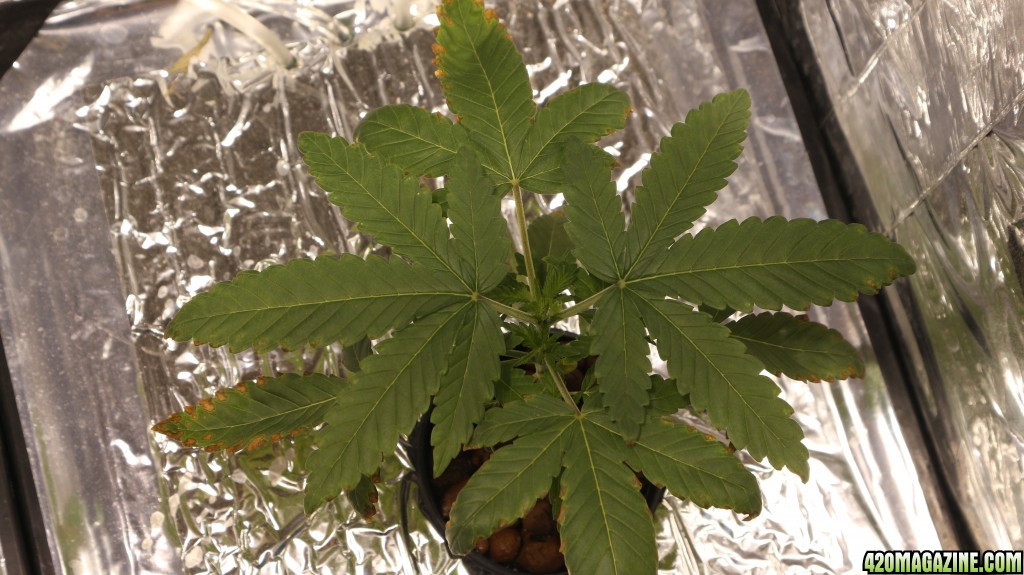
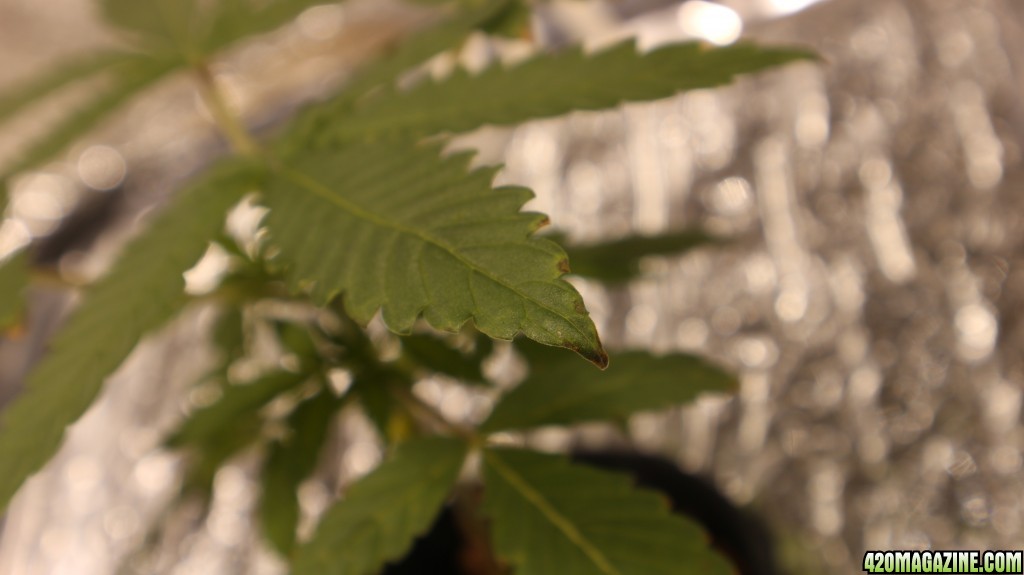
id lower that ppm 550 is too high for that early man 300 -400 would be cool beans if that was my plant just saying bro
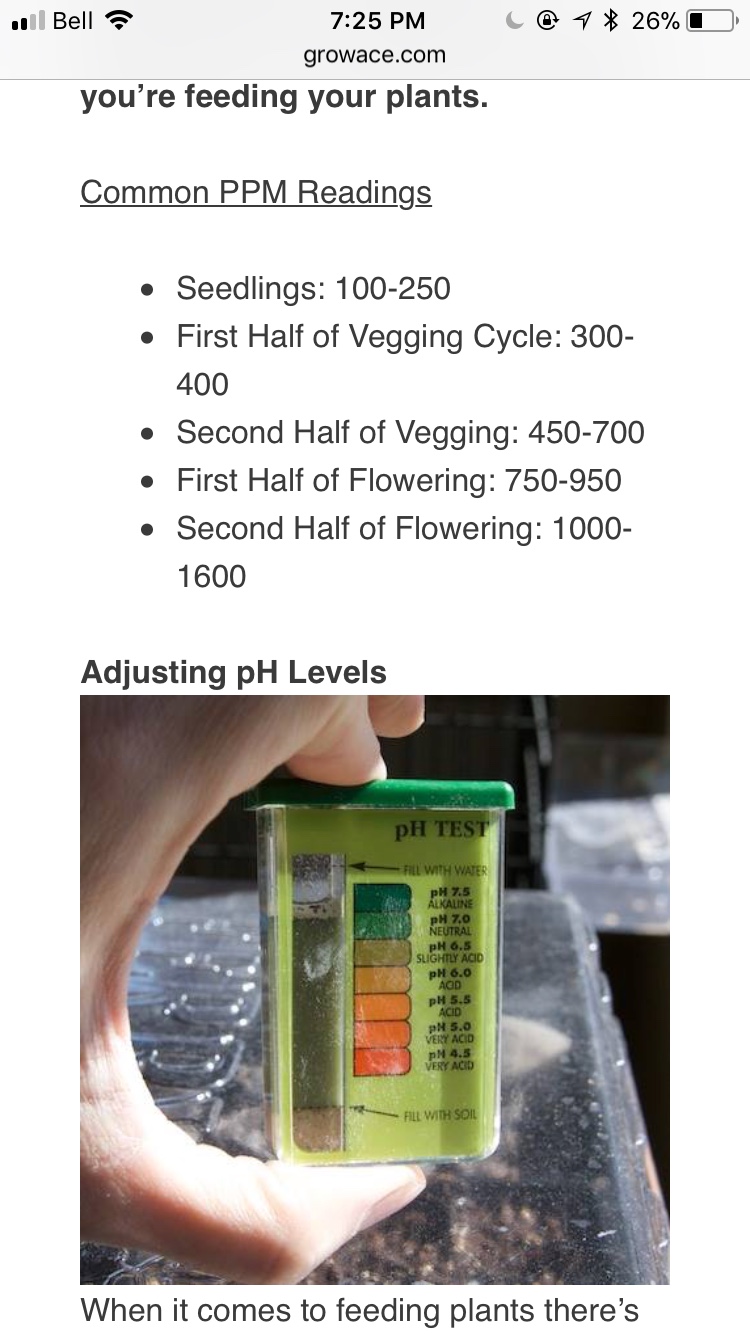
- Thread starter
- #20
Similar threads
- Replies
- 14
- Views
- 733
- Replies
- 30
- Views
- 40K
- Replies
- 3
- Views
- 1K




 i stop adding the peroxide
i stop adding the peroxide
